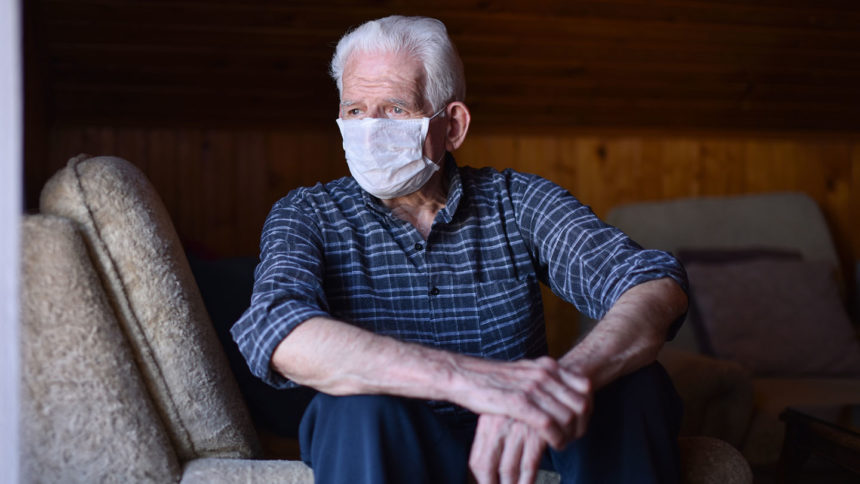
Two new studies shed more light on how people used measures to prevent and treat COVID-19.
The first study was published on Jan. 26 in JAMA Health Forum. Researchers examined data to see how access to outpatient care for COVID-19 differed among Medicare beneficiaries.
Data came from people using Medicare in 2022. That year, 6% of more than 20 million people using Medicare received outpatient treatment for COVID-19; 40.5% of them didn’t have a COVID-19 diagnosis within 10 days of going to the clinic.
People at the highest risk for severe COVID-19 received outpatient therapy less often compared with those with lower risk levels, the data showed. Disparities existed based on whether or not the people lived in nursing homes; and whether or not people were eligible for Medicare; and age, race and ethnicity. In fact, 6.4% of people aged 65 to 69 years who were at risk for severe disease received less treatment compared with 4.9% of people 90 and over in the same risk category. Of the people at severe risk who didn’t get as much care, 6.4% were white and 3% were Black.
“Outpatient COVID-19 treatment utilization was disproportionately more among beneficiaries at lower risk for severe infection, potentially undermining its public health benefit,” the authors wrote.
Among those in the highest risk group for severe COVID-19, 2.6% were hospitalized for COVID-19, and 4.9% got care on an outpatient basis; this was the case for 0.2% and 7.5% in the lowest risk category. The patterns were similar among those in whom COVID-19 was diagnosed.
A related study that was published Jan. 26 in JAMA Network Open found that 38.7% of N95 masks worn among 824 healthcare workers in 412 different facilities didn’t fit correctly after one shift. There was more risk that a Trifold N95 mask would not fit right on healthcare workers compared with dome N95s.




